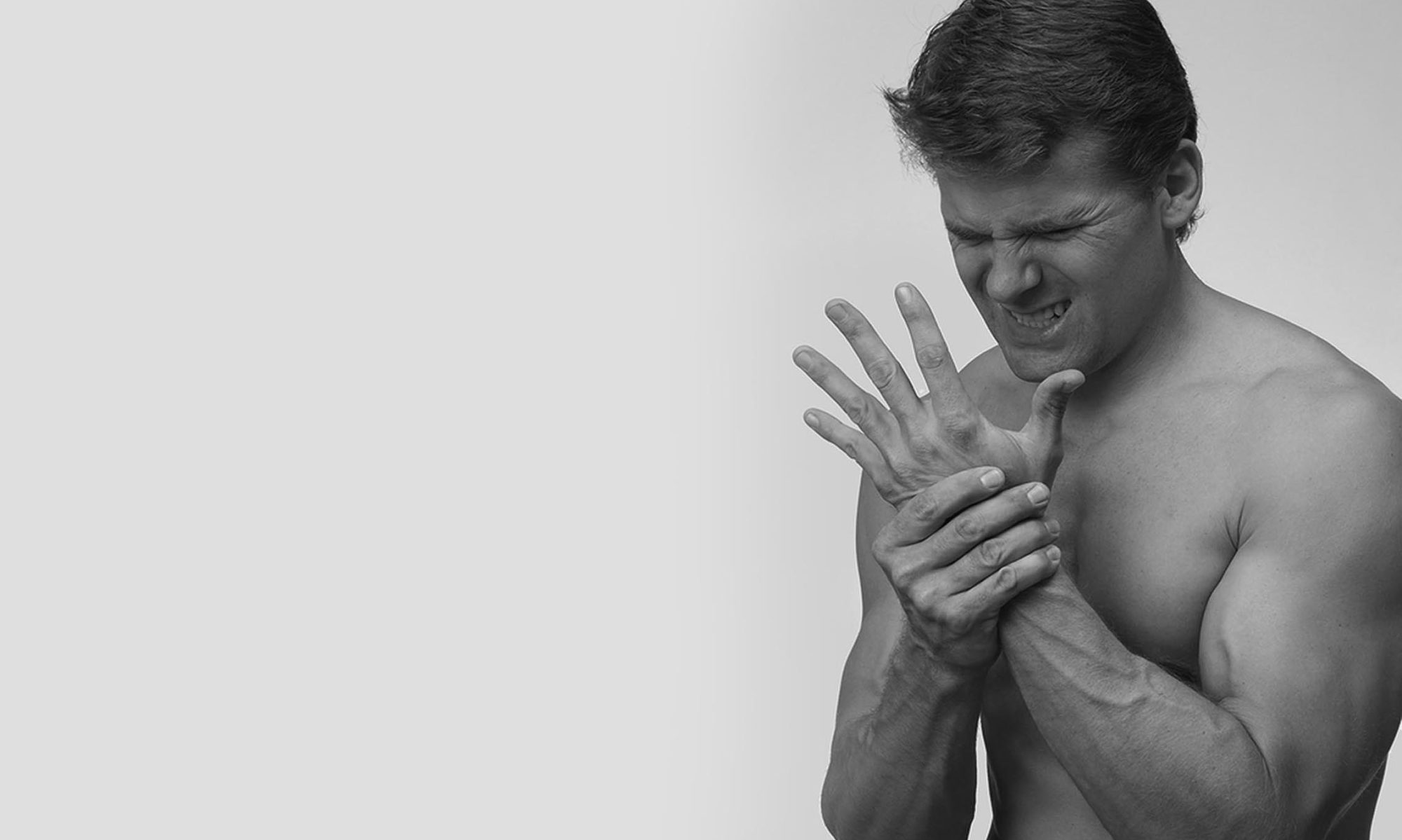A little while ago I posted about the various options for non-stick frying pans that people who don’t have lots of money to spend could reasonably purchase. (That post is here if you want to read it.) Although I listed most of the best choices, a chef friend pointed out that I forgot one very important entry: carbon steel.
Carbonized steel is basically like cast iron. It has all the same cooking properties, you have to season it to get the best use and so on, but there is one very important difference: it weighs about thirty-five to forty percent less. If you’re looking for a novel way to strengthen your wrists and forearms, you might want to get the cast iron. But probably most people will opt for carbon steel. It will certainly be less stress on your tendons.
After looking at a few options, I decided to take my friend’s advice and get a carbon steel pan to cook eggs with in the morning. I went to Amazon and after reading the reviews chose a Lodge 12-inch skillet.
I ordered the pan from Amazon and received it within a few days. It was as described, but one thing that surprised me was how rough the surface felt. I couldn’t quite believe that it was going to be non-stick, but what do I know? I seasoned it a couple of times on the stove and then used it to cook my usual morning eggs. I’m happy to say that the pan worked pretty well, and now that I’ve used and seasoned it a few more times, it works great. This really is a piece of cookware that will last a lifetime if you treat it correctly, and now it’s my go-to pan for eggs. It has replaced my ceramic pan for breakfast. I now use the old ceramic pan (which is still good) for stuff other than eggs, especially anything like fried rice that’s going to be really sticky.
In the final analysis, what really what separates carbon steel (or cast iron, for that matter) from all the other low- to medium-priced options out there is durability. Unlike, say, ceramic pans, which have coatings that will eventually start to chip and flake no matter how carefully you care for them, iron and steel will always work. All you have to do is keep them seasoned and they’ll not only perform better as the years go by, they can always be rejuvenated if you somehow mess up and let the finish deteriorate. If it starts to rust, for example, scrubbing with a little salt and olive oil will remove the rust in a natural way. Then just season it again and you’re good to go.
Of course, no solution is perfect. With an iron pan, as I mentioned in the previous post with cast iron, you’re going to get a little more iron in your diet than you would otherwise. Some tiny bits will come off into your food, and you will ingest them. This is not a possibility; it is your unavoidable destiny. And it’s especially true if you use one of those steel wool scrubbers to clean your pan.
Why does this matter? Well, there is something called “over-mineralization”, and it’s actually a thing. Over-mineralization is one theory of aging, and basically it holds that the reason men die earlier than women in any culture is that they tend to accumulate more minerals in their bodies (in particular, iron and calcium) than women do. Why? Because for half their lives or so women bleed regularly, thus ridding their bodies of a large amount of minerals each month. Over-mineralization also offers at least one explanation for why vegetarian diets and calorie restriction both prolong lives: obviously, if you’re eating only plants and/or eating less, you will accumulate fewer minerals than you would otherwise.
So if you do decide to buy either a cast iron or carbon steel pan, and you are either (a) male or (b) female past the age of menopause, it would be a good idea to donate blood every month or two in order to get rid of some of the mineral build-up that will occur otherwise. It would be a good idea anyway, frankly, but especially if you use iron-based cookware.

